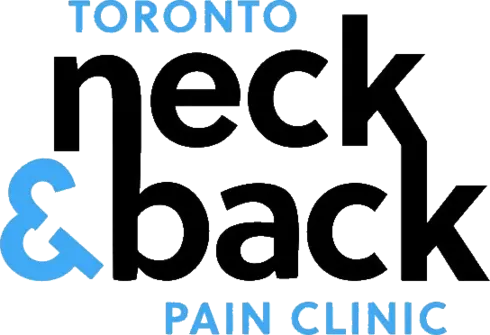Do you have pain while sleeping? Below you’ll find the best sleep positions for various pain problems. But first, some background info.
Poor positions, postures and activities can get in the way of healing from various aches and pains. By being aware of and correcting sleep postures, it will be easier to heal while sleeping. Six common conditions are presented here along with the best sleeping positions for each.
The often not considered role in fixing many problems – sleep posture
When it comes to physical aches and pains, it’s not uncommon that they’re worse at night. Seeing as we spend a third of our day sleeping, it’s possible that aggravations can occur while we slumber. When we sleep, our body is also better able to heal, so a good sleep posture is not only less aggravating but also better for healing.
The wrong sleep posture can block blood flow, compress damaged tissue, over stretch certain areas, and in combination affect the inflammatory process. Inflammation helps to build new tissue and remove unwanted debris. Supporting that inflammatory process is valuable, while poor sleep positions can negatively affect the healing.
6 common conditions and the best sleep position for pain
1) Rotator cuff syndrome
The problem – Quite often people place their arm above their head or under their pillow when they sleep. When done repeatedly over time, this can lend itself to some chronic tendinopathy and more pain while sleeping. If there is already or there becomes a rotator cuff problem, this sleep position will challenge healing in the area.
The solution – Do not sleep on the problematic side. Try to sleep on the back, or on the healthier side with a pillow under the injured arm for support.

A bad position in bad can cause a sore neck in the morning.
2) Neck Pain
The problem – bad sleep positions can affect how the neck sits or moves. The side lying position often involves the shoulder being impinged lending to neck pain. A pillow that’s too big can also pull on the neck while sleeping. A pillow that’s too small can cause excess compression on the parts or too much bending.
The solution – choose a pillow that keeps the neck in a neutral position whether lying on the side or the back. Excessively thick or thin pillows are worth avoiding. Seek an orthopedic style pillow like the Therapeutica Pillow, as an example.
3) Tennis Elbow
The problem – pain on the outside side of the elbow can be aggravated by sleeping position and can delay healing. This is especially the case when the arm ends up either under the pillow or under the side of the body.
The solution – Keeping the arm resting at the side of the body, but not under the body, can keep the elbow from being aggravated.
Suffering with pain while sleeping or a pain problem and want it checked now? Schedule to visit us here.
4) Carpal Tunnel Syndrome
The problem – When sleeping on the side, whether in a fetal position or a straighter position, the wrist can often be kept in a bent forward (flexion) position. This can cause compression to the nerve in the wrist.
The solution – Wearing a splint at night to keep the wrist from bending can protect the nerve and other tissues allowing for better healing.
5) Low Back Pain
The problem – the low back and pelvis typically place the most strain on the mattress. If the mattress is too soft or too firm, bones and joints in the low back may not be resting in a proper position while sleeping. This can add strain to the parts and the surrounding tissues leading to aggravation and delayed healing as well as more pain while sleeping.
The solution – ensure that your mattress, especially if more than 10 to 15 years old, is providing you with adequate support. Compliment the mattress with a body pillow or pillows under the knees if on your back or between your knees if on your side.
6) Gluteal Tendinopathy (lateral hip pain)
The problem – activities that involve sustained loading or compression of the hip/pelvis can cause pain on the outside of the hip/pelvis. Sleeping is one of those activities, especially if on the side. Sleeping on the bad hip side can compress it, sleeping on the good hip side can pull too much on the bad hip side.
The solution – sleep on your back! If that’s not possible, place a pillow between the knees if sleeping on the good side or use an eggshell topper to try and sleep on the bad side.
To allow injuries or pain problems to heal, the involved environment must be supported and protected. This holds true not only during the day but also at sleep. The best sleep positions for pain should be noted so that faster and better results are obtained. If you’re receiving treatment for these problems, be sure to inquire about proper sleeping positions. That could make or break your treatment progress, and your good night’s sleep!
